What is Consumer Culture Theory?
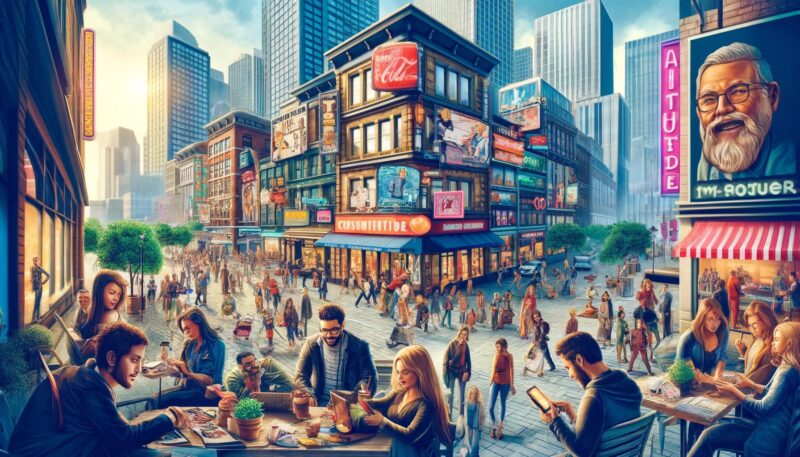
Consumer Culture Theory (CCT) is a field of study focusing on consumption from a social and cultural perspective, as opposed to economic or psychological viewpoints.
It is not a singular theory but a collection of theoretical perspectives that explore the dynamic interactions between consumer actions, marketplaces, and cultural meanings.
Books on “Consumer Culture Theory”
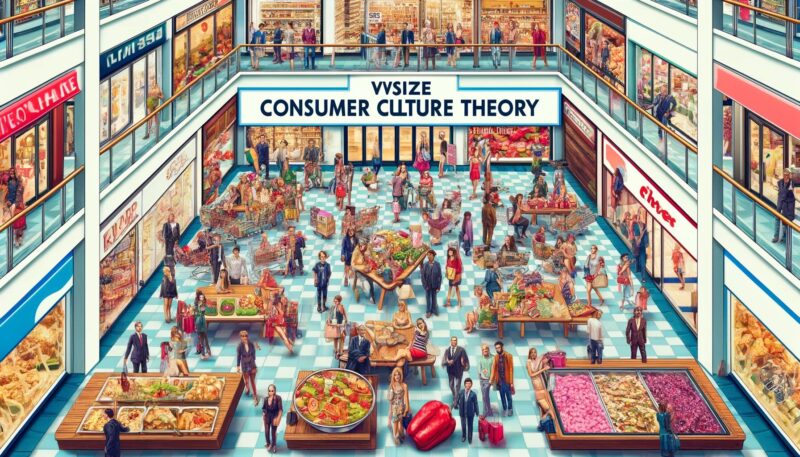
CCT recognizes cultural meanings as diverse and fragmented, reflecting a post-modernist society.
It views consumer culture as a social arrangement where relationships between culture and social resources, and the meaningful ways of life dependent on them, are mediated through markets.
Consumers are seen as part of an interconnected system of commercial products and images that shape their identities and relationships.
Books on “Consumer Culture Theory”
Explanation with Concrete Examples!
The Impact of Global Brands on Local Cultures
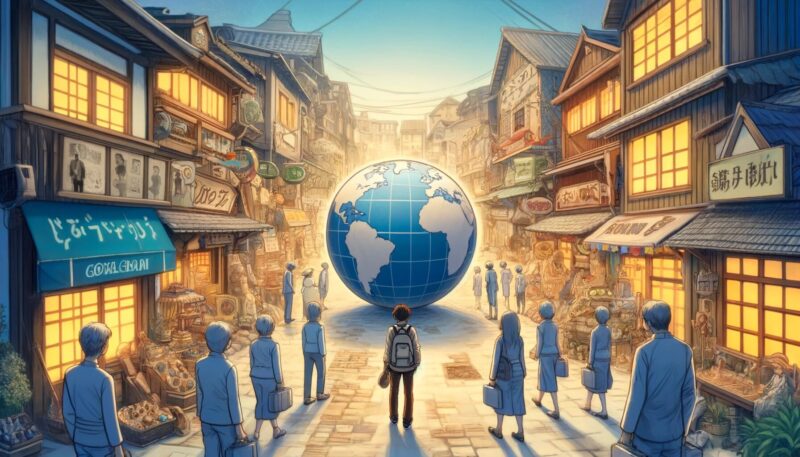
Let’s dive into a journey with Yuya-san, a character who is passionate about exploring different cultures.
Yuya-san decides to visit a small, picturesque town known for its unique traditions and local crafts.
As he strolls through the town, he notices a significant presence of global brands.
There are popular fast-food chains next to local eateries, and multinational clothing stores overshadowing artisanal shops.
Yuya-san talks to the local artisans who express concern about losing their traditional crafts to mass-produced goods.
Books on “Consumer Culture Theory”
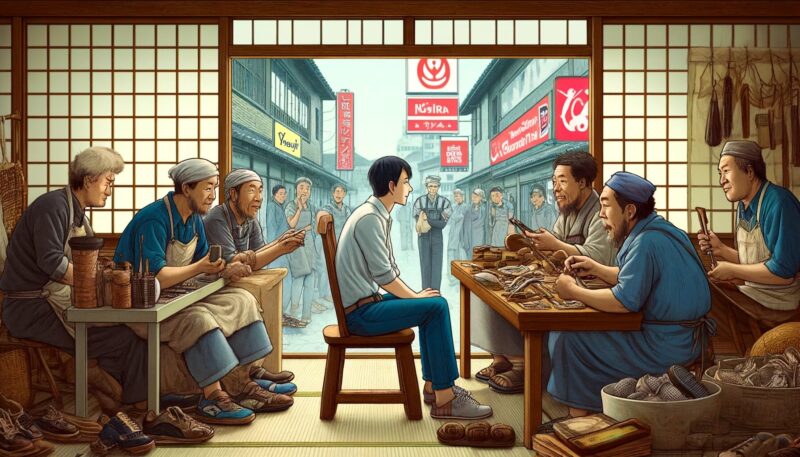
They feel that the global brands, while bringing convenience and new choices, are also diluting the town’s cultural identity.
On the other hand, some younger locals appreciate the variety and global connection these brands bring.
This situation presents a complex interaction between global consumerism and local cultures.
As Yuya-san reflects on his experience, he realizes the profound impact global brands have on local cultures.
They bring about a cultural exchange, but also a challenge to preserve unique local identities in the face of globalization.
Books on “Consumer Culture Theory”
The Role of Social Media in Shaping Consumer Behavior
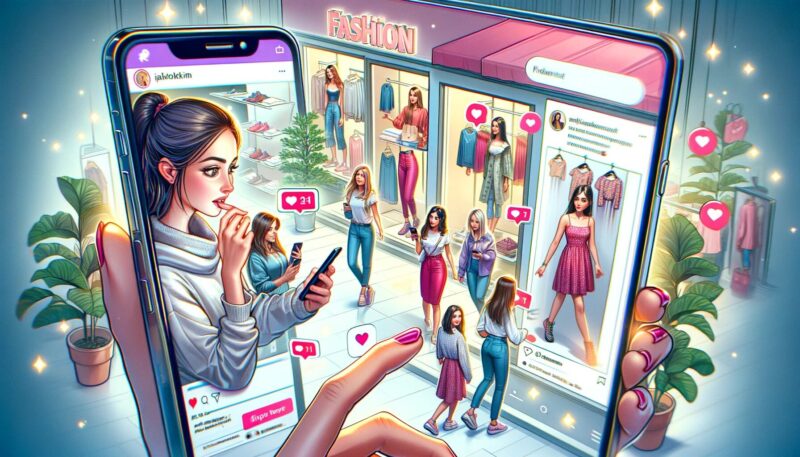
In this story, we’ll introduce a character, named Emi.
Emi is a young, tech-savvy individual who is deeply influenced by social media.
Emi spends a considerable amount of time on various social media platforms, following influencers and trends.
One day, she comes across a new fashion trend promoted by her favorite influencer.
The trend is characterized by vibrant colors and unique designs, which instantly captivates Emi.
Books on “Consumer Culture Theory”
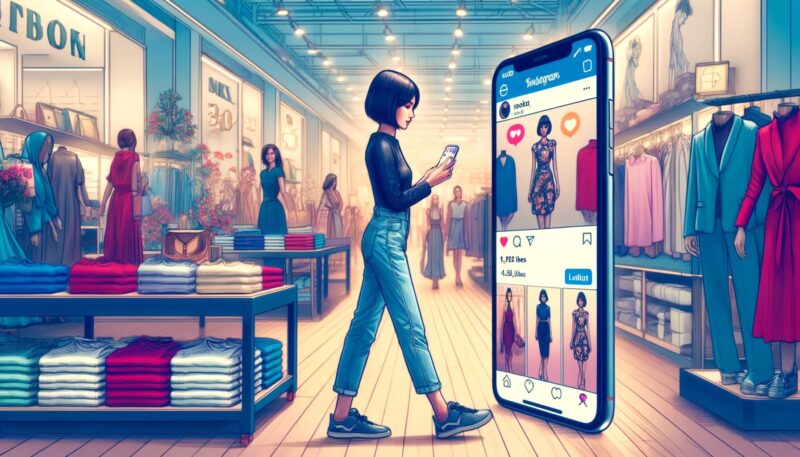
Motivated by the posts she sees, Emi decides to purchase clothes matching the new trend.
She visits several stores, comparing options and prices, always cross-referencing with the images and recommendations on her social media feed.
Emi’s purchasing decision is heavily influenced by the digital world, showcasing how social media platforms have become pivotal in shaping consumer behavior.
Through Emi’s experience, we observe how social media not only provides information but also creates desires and needs.
It reflects a significant shift in how consumer decisions are made, moving from traditional advertising to influencer and peer recommendations on social media.
Books on “Consumer Culture Theory”
Sustainability Movements within Consumer Culture
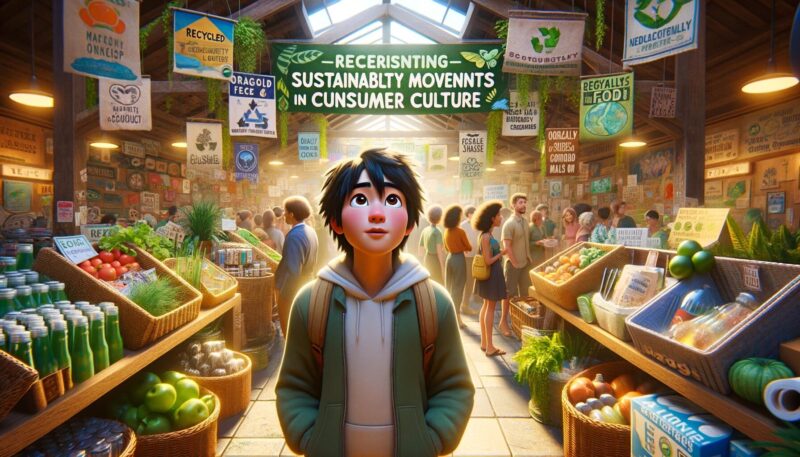
In this narrative, we introduce a character who is deeply concerned about environmental issues and sustainability, named Hiro.
Hiro is an advocate for sustainable living and is always looking for ways to reduce his environmental footprint.
He becomes aware of the increasing popularity of sustainable products in consumer culture and decides to explore this movement further.
One day, Hiro visits a local market that focuses on eco-friendly and sustainable goods.
Books on “Consumer Culture Theory”
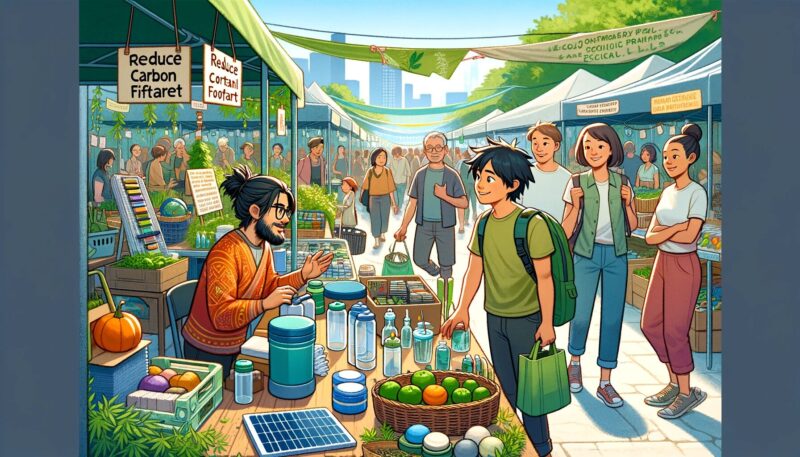
He finds products made from recycled materials, organic food items, and clothes manufactured through ethical practices.
Hiro is impressed by the variety and quality of these sustainable options.
He realizes that more consumers are becoming conscious of their impact on the environment and are choosing products that align with these values.
Hiro’s journey highlights the growing influence of sustainability movements within consumer culture.
It shows how consumer preferences are shifting towards more environmentally friendly choices and how businesses are responding to this demand by offering sustainable alternatives.
Books on “Consumer Culture Theory”
Summary
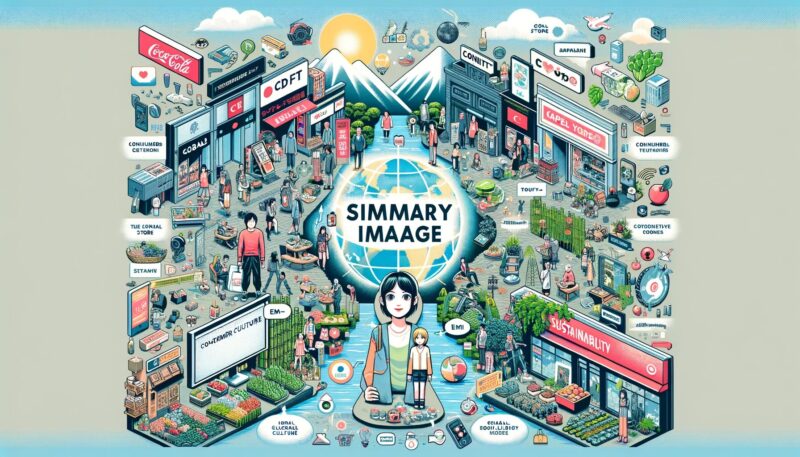
The exploration of Consumer Culture Theory (CCT) through various narratives and images provides a comprehensive understanding of its impact on modern society.
Starting with the exploration of global brands’ influence on local cultures through Yuya-san‘s story, we saw the complexities of cultural identity in a globalized world.
The portrayal of Emi’s story highlighted the significant role of social media in shaping consumer behavior, reflecting a shift towards digital influence in purchasing decisions.
Books on “Consumer Culture Theory”

Lastly, Hiro’s journey into sustainability movements within consumer culture showcased the growing consumer awareness and preference for eco-friendly and ethical choices.
These narratives vividly depict the multifaceted nature of CCT.
They illustrate how consumer culture is not just about buying and selling but involves deeper aspects of identity, social interaction, and environmental consciousness.
The insights from these stories reflect the evolving nature of consumer culture, emphasizing the need for a balance between global trends, individual preferences, and sustainable practices.
Books on “Consumer Culture Theory”
This article uses material from the Wikipedia article “Consumer Culture Theory” which is released under the Creative Commons Attribution-Share-Alike License 4.0. Additionally, the texts and images were generated using ChatGPT.


